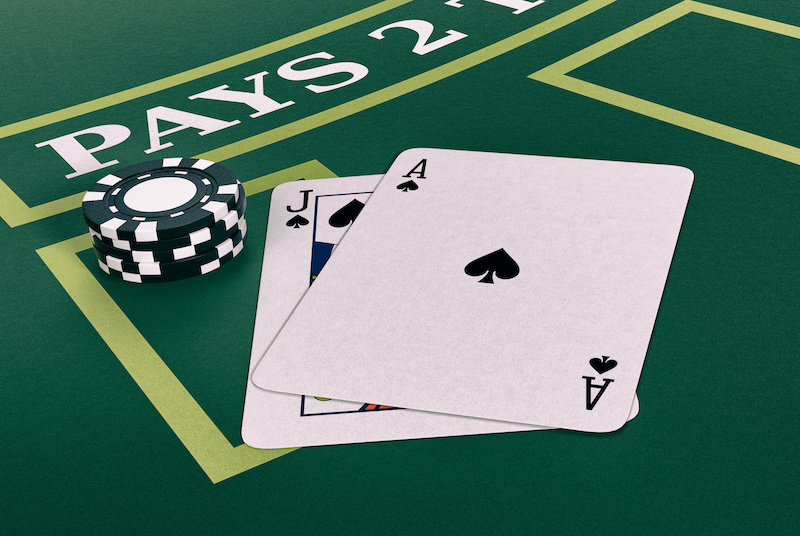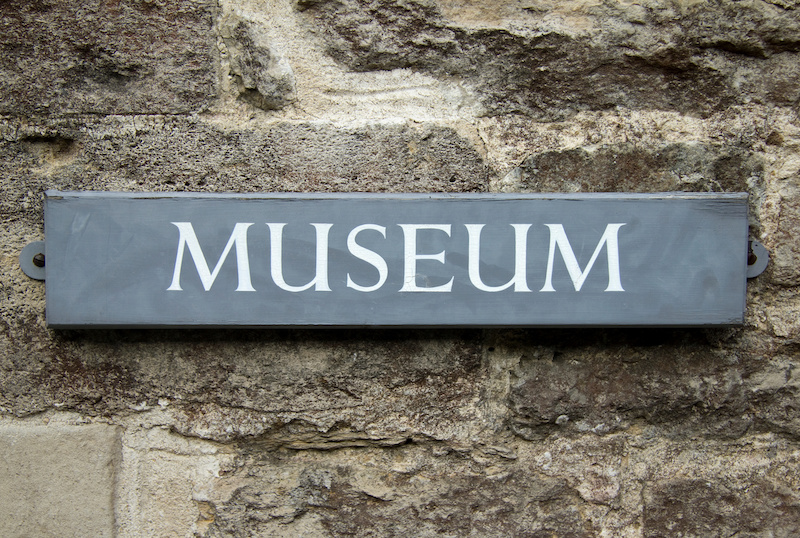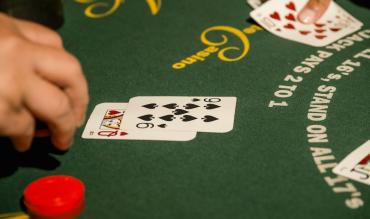Contents
- What Is MONA?
- Who Is David Walsh?
- September 2025: What I Actually Saw
- David Walsh’s Early Years and First Advantage
- From Tables to Tote Boards
- One Play, Demystified
- What David Walsh Thinks About Casino Games
- Why David Walsh Didn’t Build the Casino
- How the Art Arrived — Bought, Commissioned, Risked
- “Snake,” and Why MONA Happened
- What MONA Generates
- David Walsh: Home, Travel, and Style
- How David Walsh Works — and What He Writes
- Marriage, Friends, and Time
- David Walsh net worth — What We Can Actually Say
- Not David Austin Walsh
- From Balance Sheet to Legacy
- Legacy, Mortality, and the Work Ahead
- What We Can Learn from David Walsh
David Walsh and MONA: The Art Museum a Gambler Built:
Blackjack, betting syndicates, and a museum that rewired Hobart
I went to MONA the first weekend of September 2025 with a simple test: walk his building, read his playbook.
The ferry skimmed the Derwent; sandstone swallowed the light. I climbed the 99 steps from the dock, past a mirrored wall that throws your face back before you enter. Checkpoint: ego, expectation, then descent.
What is MONA?
MONA — the Museum of Old and New Art — is an art museum on Hobart’s Berriedale peninsula. It houses David Walsh’s private collection of contemporary works and antiquities and operates as a museum with permanent collections, not a commercial gallery.
Often called the largest privately-funded museum in the Southern Hemisphere, it tunnels into rock, runs winter festivals, and prefers hard questions to easy applause.
Who is David Walsh?
David Walsh is the Tasmanian gambler-collector who founded MONA. He made money through disciplined wagering — first at blackjack, then in racing and pool markets — and converted those gains into art, architecture, and festivals. He’s equal parts number-maker and provocateur, more interested in questions than conclusions.
September 2025: what I actually saw
No wall texts. Just the O-device, tracking your position and feeding commentary — like a syndicate terminal, but for art. You spiral downward, not upward. The museum excavates rather than elevates; each level feels like a deeper layer of Walsh’s ledger.
Julius Popp’s “bit.fall” spelled live words in water; “Cloaca” drew a crowd at feeding time. Concrete held a cool, mineral air. The place felt quarried, as if a mind had been excavated and left running.
MONA doesn’t perch; it’s quarried into rock. Galleries step down like a ledger, each level a recalibration. Think Batman — less cave, more control room. David Walsh fights distortion, not villains. He prices uncertainty, then returns to adjust the archive. The place mirrors him: precise, unsentimental, iterative. Not a retreat. A machine for thinking.
David Walsh’s early years and first advantage
Hobart, working-class Catholic, a brief flirtation with math and computing — then casinos, which proved the better lab. Walsh learned blackjack strategy at Wrest Point: card counting (Hi-Lo), entering only when the shoe turned favorable, spreading stakes without heat.
The gambler didn’t always work alone. Teams used spotters, back-counters, and a big player to smooth swings and hide the count. He’s never published standard units; stakes scaled with advantage and bankroll. The habit — measure, adjust, repeat — became the operating system.

From tables to tote boards
He ported table habits to racing pools: make your own number; decide pass, nibble, or step-up thresholds in advance.
Place early bets where pools react slowly; let rebates and settlement rules compound thin margins. After every session, check the close against your “fair.” If they disagree, find the leak.
One play, demystified
Four minutes to post, the pool looks wrong; buy the cheap tickets where few are watching. Two minutes out, add in the least reactive places.
At the jump, heavier orders land; the pool moves toward your number, and a margin remains. If the close matches your fair, execution worked. If not, the model missed — or information leaked. Tighten it before tomorrow.
What David Walsh thinks about casino games
- Poker: Skill plus variance. If you’re not the best at the table, don’t sit.
- Blackjack: Beat the shoe or walk. Negative EV deserves no romance.
- Poker machines: His red line — devices tuned for compulsion and proximity, often where money is tight.
- Bottom line: he distinguishes informed risk from engineered behavior.
Why David Walsh didn’t build the casino
Around 2014–15 he sketched a tiny, poker-machine-free high-roller room at MONA, nicknamed “Monaco”: invitation-only tables, integrated on site.
Policy drifted back toward poker-machine dependence, so Walsh walked. A residents-excluded license surfaced later; his conditions weren’t met. By 2025, Monaco remained an idea. For Walsh, principle is a setting in the model— if inputs force pokies, the plan is wrong.
If this article interests you, keep reading. Alternatively, explore other topics like blackjack strategy, blackjack side bets, and roulette odds.
How the art arrived — bought, commissioned, risked
Most of MONA’s collection was bought or commissioned by David Walsh and his entities. He favors commissions with uncertainty — projects that unfold over time, like wagers with long fuses.
Loans come and go, and public money helped with paths and services, but the wall power is largely private risk.
“Snake,” and why MONA happened
“Snake” is Sidney Nolan’s mural of 1,620 painted panels — about 45 meters of color and myth. It reads as pattern, memory, country, person—and drove architectural choices; corridors and pacing bend around it.
Walsh has said he made his money without making a mark; MONA was the mark. He built a lab for looking —evolution, belief, mortality, desire—tested with the same cool discipline he used at the tables.
What MONA generates
MONA is costly to run and, at times, relies on Walsh’s subsidy. The wider impact is larger: winter festivals that fill flights, longer stays, and hospitality weeks that move the city’s ledger.
Depending on program and season, public estimates put annual visitor spending tied to MONA and its festivals in the many tens of millions. It behaves less like a profit center and more like cultural infrastructure that attracts cash flow to the region.
David Walsh: home, travel, and style
Home base is the MONA/Moorilla hillside above the Derwent — concrete, glass, stone, rooms that function like studios.
Travel follows projects: Europe for artists and fairs, the United States for partnerships, Asia when a commission warrants it.
His look has quieted — longer hair and tweed in the 2010s; now pared-back jackets, work-day shoes, practical transport. Useful, unshowy, built for getting things done.
How David Walsh works — and what he writes
Day to day, he drafts and edits museum essays, wall texts, commissioning briefs, exhibition plans, and budgets—tight prose, tighter numbers.
Subjects range from evolution and perception to gambling ethics and Tasmanian politics. He auditions ideas with curators, then prunes when inputs say prune.
“We are machines designed to deceive ourselves. That’s how we survive.”

Marriage, friends, and time
David Walsh is married to artist-curator Kirsha Kaechele. He keeps home life mostly out of view.
The circles are artists and collaborators—and, early in the gambling story, association with Zeljko Ranogajec at tote-board scale.
David Walsh net worth — what we can actually say
David Walsh net worth is best read as a range. A sensible band sits in the low hundreds of millions, moving with private valuations of art and property and any residual wagering income.
Most of it originated from syndicate profits rolled into assets: MONA and its collection, Moorilla, hospitality, real estate. If he still gambles, it’s selective — data-led pools and markets, never slot machines.
That mix is why David Walsh net worth stories shift with seasons and programs.
Not David Austin Walsh
Search often confuses the MONA founder with David Austin Walsh, a U.S. historian. Different careers, different fields.
From balance sheet to legacy
Money, for Walsh, isn’t a finish line; it’s voltage for experiments. Buildings, programs, and risks convert capital into something you can walk through.
Legacy, mortality, and the work ahead
“The museum wasn’t planned. It emerged.” That explains the feel of the place: an experiment still running.
“Death isn’t something to be sneezed at. It’s a reward for having had the good fortune to be born.”
He isn’t being morbid; he’s measuring. What survives? What scales? What matters enough to keep?
What we can learn from David Walsh
I left as a southerly pushed up the Derwent — steel water, low cloud, a ribbon of light on kunanyi/Mount Wellington. On the ferry back, MONA sank into the rock behind me.
David Walsh isn’t a list of rules; he’s a temperament — restless, skeptical, oddly tender about wonder. He gambled to learn what counts, then built a place to keep testing the answer.
Drifting across the river, I felt it: a mind measuring itself in public, willing to be wrong, generous enough to share the mess and the beauty. What endures isn’t a system so much as his stubborn curiosity — and the museum it keeps alive.


